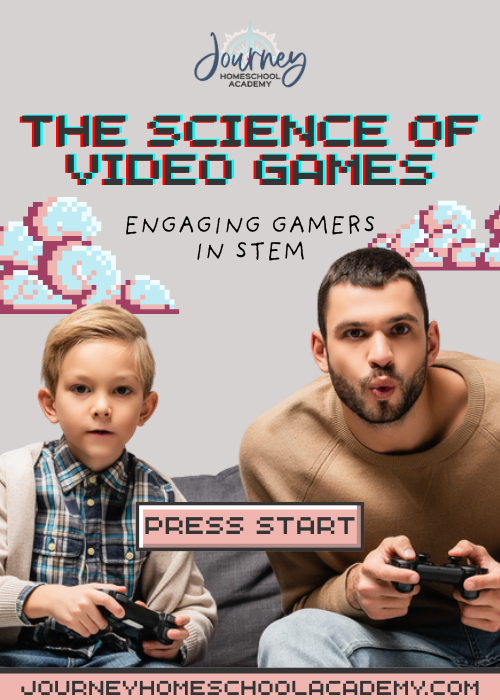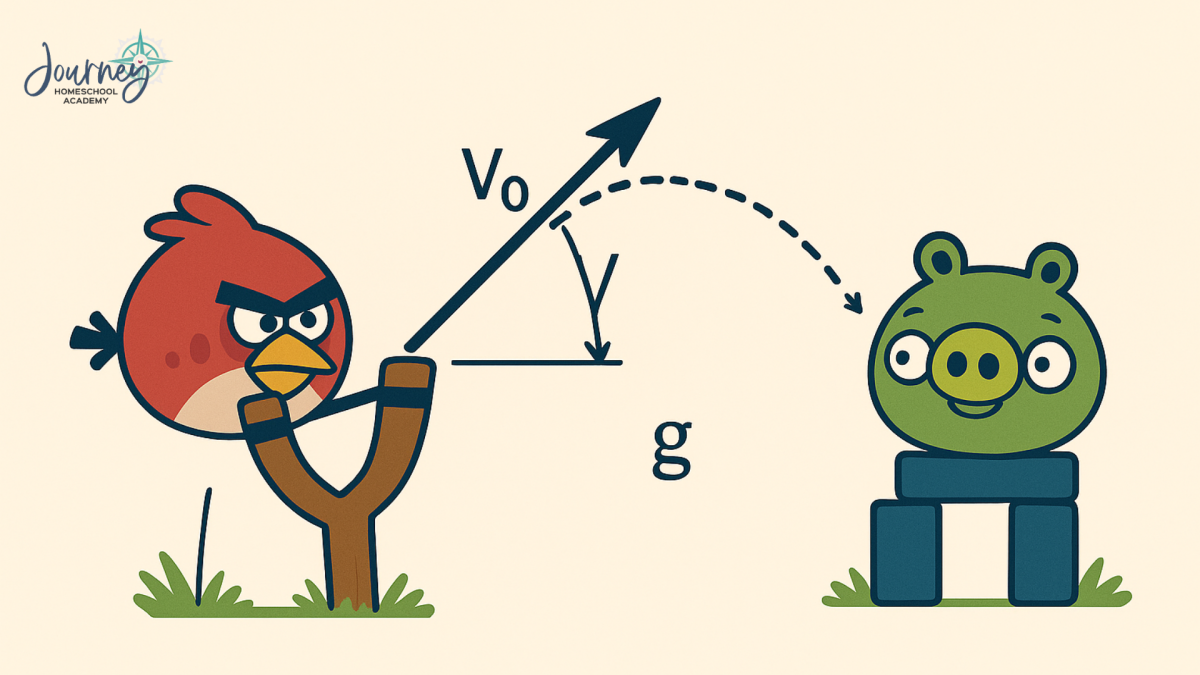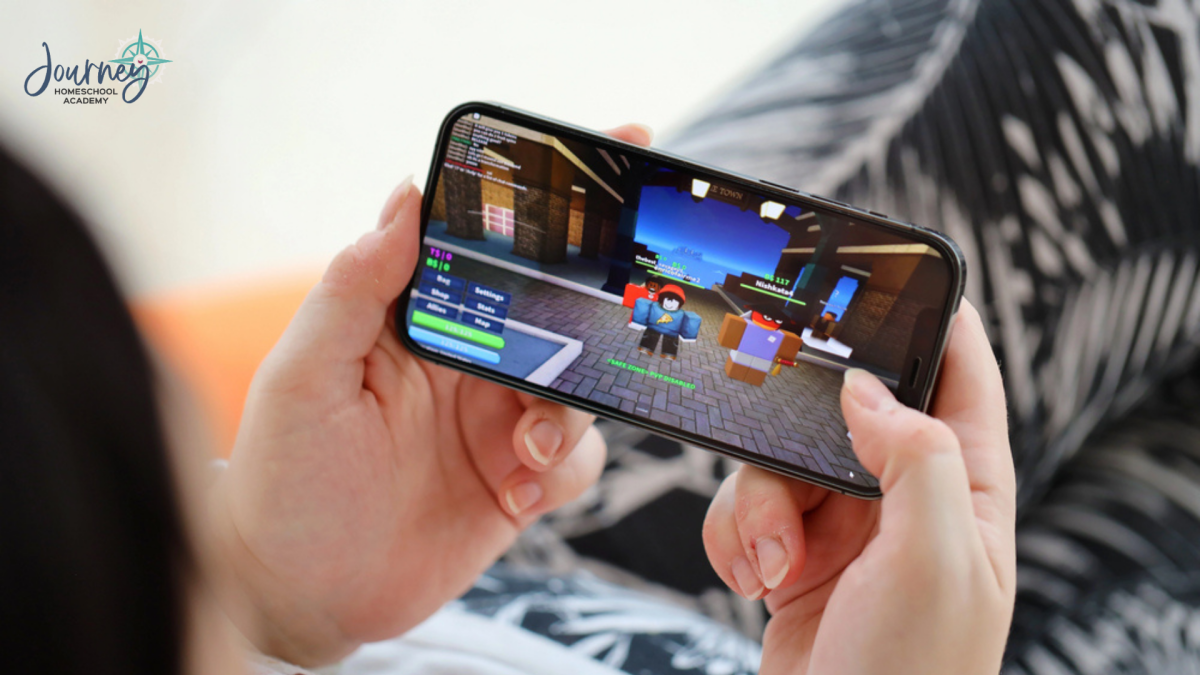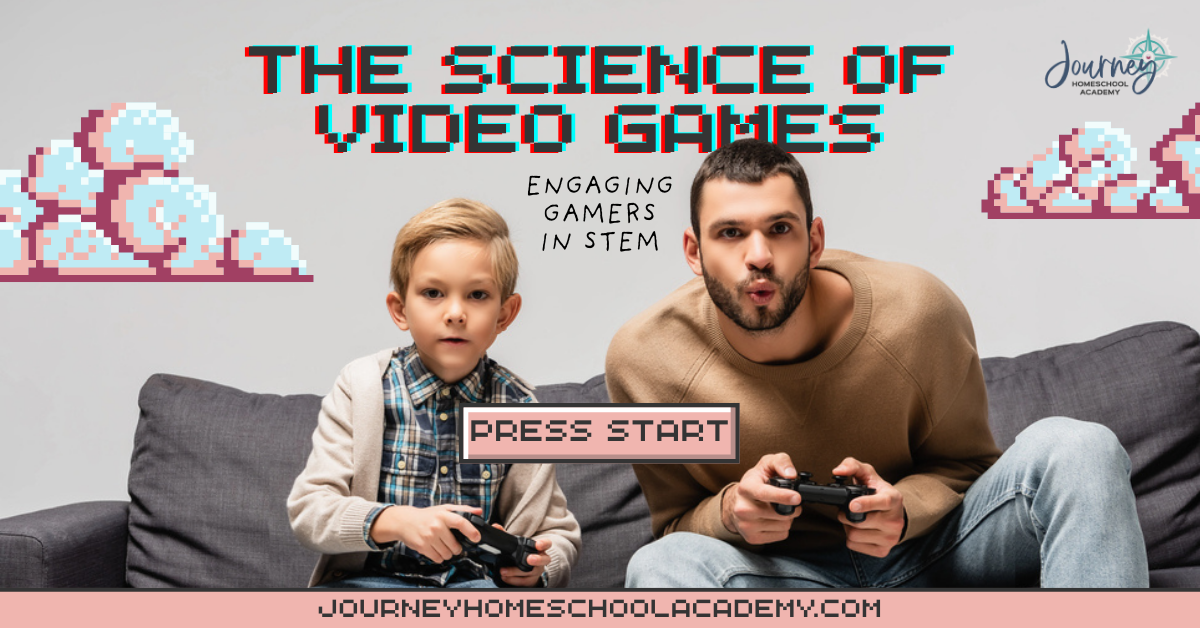What if your child’s favorite hobby—video games—could actually fuel a love for science and problem-solving? For many homeschool parents, video games can feel like a constant battle. Are they a waste of time, or can they actually serve an educational purpose?
Here’s the good news: video games can be a powerful tool for learning when we look at them through the lens of homeschool STEM science. In fact, the science behind video games opens countless opportunities for teaching physics, math, technology, and more, all while keeping kids engaged.
The Science of Video Games: Engaging Gamers in STEM

Why Video Games Belong in Homeschool STEM
Think about it: every time your child plays a video game, they’re practicing problem-solving, critical thinking, and systems analysis. These are core STEM skills! Games demand strategy, trial and error, and persistence, all of which are used daily by scientists and engineers.
Video games also naturally overlap with STEM disciplines:
- Pattern recognition → essential in coding and math.
- Logical reasoning → mirrors problem-solving in science.
- Physics and mechanics → games rely on real-world science to feel realistic.
I’ll never forget watching my son calculate angles while playing Angry Birds. He wasn’t just launching cartoon birds at pigs, he was applying basic physics and geometry without even realizing it!

The Science Hidden Inside Popular Video Games
Physics in Action
From gravity in Minecraft to momentum in Mario Kart, video games constantly lean on physics. When a player jumps, falls, or launches an object, real-world forces are at play. Use these moments to connect with homeschool physics lessons: “Why does Mario come down after he jumps? What would happen if gravity didn’t exist in the game?”
Math and Probability
Whether your child realizes it or not, math drives every part of gaming. Think about calculating damage in Pokémon battles or the odds of winning loot in Roblox. These examples are perfect springboards for lessons on probability, percentages, and algebra. You might even challenge your student: “What are the chances of finding that rare sword?”
Biology & Environmental Science
Games often mirror ecosystems. In Minecraft, players learn that resources are limited and that survival depends on managing food, water, and shelter. Similarly, in SimCity, students witness how population growth affects resources and infrastructure. These games can naturally lead into discussions about food chains, renewable resources, and stewardship of the earth.
Technology & Coding
Behind every game is a world of code. Kids can step into this world through platforms like Scratch or Roblox Studio. Instead of just playing games, they can learn to build their own. This taps directly into computer science, a key part of homeschool STEM.
Practical Ways to Use Video Games in Homeschool Science
Discussion Starters
Use gameplay as a springboard for scientific questions. “How does Mario jump so high? What laws of physics are being bent here?” or “Why does Minecraft water flow the way it does?”
DIY Experiments
Have your student test physics in the digital world and compare it to real-life experiments. For example, drop objects in Minecraft and compare the results with dropping a ball at home. Which follows the laws of gravity more accurately?
Game Creation Projects
Encourage your student to design a simple game using Scratch or Roblox Studio. They’ll practice coding, problem-solving, and creativity. Bonus: when they hit a roadblock, they’ll practice debugging, a vital STEM skill.

Keeping Video Games Educational and Balanced
Of course, balance is key. While video games can be powerful teaching tools, too much screen time can cause problems. Here are a few tips:
- Set time limits to keep gaming in balance with other homeschool activities.
- Encourage reflection: ask your child to explain what they learned or noticed during the game.
- Pair screen-based learning with hands-on STEM experiments, like building a catapult or coding a robot.
A Christian Perspective on Technology & Play
As Christian parents, we know all things can be used for God’s glory, including video games. Instead of viewing them as the enemy, we can reframe them as tools for learning, creativity, and stewardship. Technology isn’t inherently good or bad, it’s about how we guide our children to use it with wisdom and purpose.

Resources for Homeschool STEM Science Beyond Video Games
Video games are just one way to spark curiosity in STEM. To give your child a well-rounded, Christ-centered science education, check out Journey Homeschool Academy’s courses:
- Experience Astronomy – explore God’s heavens in a hands-on, engaging way.
- Experience Biology – discover the beauty of life sciences with labs and activities.
- Discover Physics – help your high schooler grasp the laws of God’s creation.
These courses pair perfectly with the curiosity games inspire, giving students a structured, rigorous foundation in STEM.
Conclusion
Video games don’t have to be a homeschool obstacle, they can be an ally in teaching STEM. With a little creativity, you can turn your child’s love for gaming into a gateway for exploring physics, math, biology, and technology. The key is balance: harness the fun while providing structure and guidance.
So the next time you see your child glued to a screen, don’t just sigh in frustration. Instead, lean in and ask: “What science is at work here?” You might be surprised by the answers.

